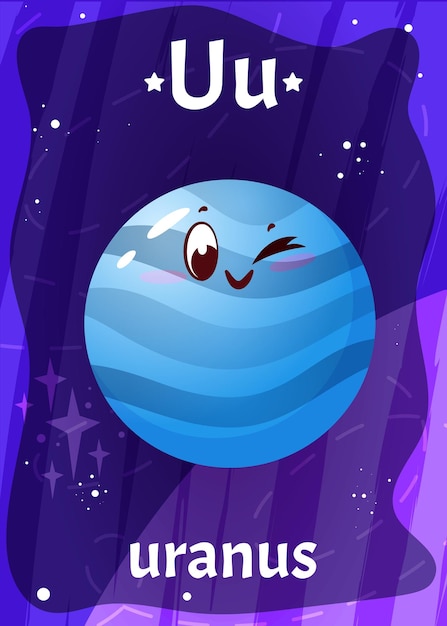Interesting Facts About Mercury

Mercury is the closest planet to the Sun in our solar system.
The name Mercury is derived from the Roman god of speed and commerce.
Mercury has no moons or rings.
It takes Mercury about 59 Earth days to complete one rotation on its axis.
Despite being the smallest planet, Mercury is the second densest planet in the solar system after Earth.
On Mercury, a day is longer than a year due to its slow rotation and fast orbital period.
The surface temperature of Mercury can range from -280°F (-170°C) at night to 800°F (430°C) during the day.
Mercury has a thin atmosphere consisting mostly of helium and traces of hydrogen, oxygen, sodium, and potassium.
The surface of Mercury is covered in impact craters, similar to the Moon.
Mercury is not visible to the naked eye from Earth during most of the year due to its close proximity to the Sun.
The Sun appears two and a half times larger in the sky from Mercury compared to Earth.
The Caloris Basin on Mercury is one of the largest impact craters in the solar system, spanning 960 miles (1,550 km) in diameter.
Due to its lack of atmosphere, extreme temperature variations, and high radiation, no spacecraft has ever landed on Mercury.
Mercury is a rocky planet with a large iron core, making it similar in composition to Earth.
The lack of an atmosphere on Mercury means there are no weather patterns or wind.
The gravity on Mercury is about 38% of Earth’s gravity.
Interesting Facts About Mercury part 2
The first spacecraft to visit Mercury was Mariner 10 in 1974.
Mercury is named differently in other cultures, such as Budh in Hindu astronomy.
Despite its proximity to the Sun, parts of Mercury’s poles never receive direct sunlight, resulting in extremely cold temperatures.
Mercury experiences the largest temperature variations of any planet in our solar system.
If you weigh 100 pounds on Earth, you would weigh only 38 pounds on Mercury.
Mercury has a magnetic field, although it is much weaker than Earth’s.
The surface of Mercury has extensive volcanic activity, and lava flows can be found on its plains.
The planet Mercury is also casually referred to as the Swift Planet.
Due to its slow rotation, a year on Mercury is equivalent to about 88 Earth days.
Mercury’s core takes up about 85% of its total radius, making it proportionally larger than any other planet.
The majority of Mercury’s surface is made up of basalt, a type of volcanic rock.
Mercury has been observed to have pockets of ice in its permanently shadowed craters near the poles.
The spacecraft MESSENGER, which orbited Mercury from 2011 to 2015, discovered evidence of ancient water ice on the planet’s surface.
One Mercury day can be divided into two halves: one half experiences extreme heat while the other half experiences extreme cold.
The planet’s extreme temperature changes can cause rocks to shatter and break.
Despite being extremely hot during the day, Mercury’s thin atmosphere does not retain heat, leading to freezing temperatures at night.
The surface of Mercury has peculiar ridges and cliffs, which were likely formed as the planet’s interior cooled and contracted.
Mercury is one of the five planets visible to the naked eye from Earth.
Mercury’s eccentric orbit causes its distance from the Sun to vary significantly, resulting in extreme changes in temperature.
The first spacecraft to orbit Mercury was NASA’s MESSENGER (MErcury Surface, Space ENvironment, GEochemistry, and Ranging).
Due to its proximity to the Sun, Mercury was a challenging planet to study before the advent of space exploration.
Mercury has been visited by two spacecraft: Mariner 10 and MESSENGER.
The density of Mercury indicates that it has a large metallic core, which is believed to generate its weak magnetic field.
Mercury’s orbit is the most elliptical of all the planets in our solar system.
Mercury’s highly elliptical orbit causes it to experience the highest eccentricity among all known planets.
Mercury’s orbit precession is influenced by the gravitational pull of other planets, resulting in a slow rotation of its ellipse.
There are no telescopic features visible on Mercury’s surface from Earth due to its small size and relatively smooth appearance.
Named after the planet, Mercury is the only metal that is liquid at room temperature.
In ancient times, mercury was used for medicinal purposes, even though it is a toxic and dangerous substance.

